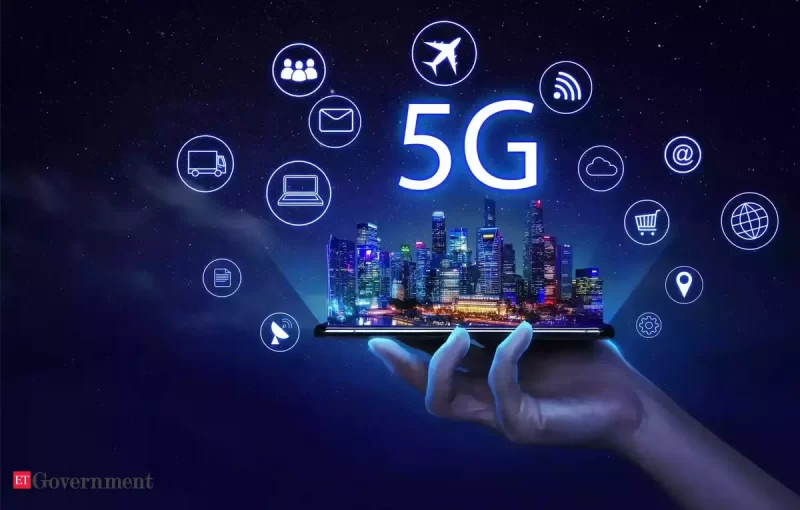Subtotal $0.00
The arrival of 5G technology has revolutionized connectivity, bringing faster internet speeds, reduced latency, and unprecedented opportunities for innovation. In 2024, the evolution of 5G continues to shape industries and enable emerging use cases, while researchers and developers explore the possibilities of 6G and beyond. This next phase of connectivity promises to redefine how businesses and individuals interact with the digital world.
The Impact of 5G
5G has significantly enhanced network capabilities, enabling seamless communication and data transfer. Its transformative impact is evident across various sectors:
- Healthcare: Telemedicine and remote surgeries have become more reliable with 5G’s low-latency networks. Medical professionals can access real-time data and conduct procedures remotely, improving patient outcomes and expanding access to healthcare.
- Smart Cities: 5G is the backbone of smart city initiatives, powering IoT devices that monitor traffic, energy usage, and public safety. These technologies create more efficient, sustainable, and livable urban environments.
- Entertainment: The entertainment industry has embraced 5G for immersive experiences, including augmented reality (AR) and virtual reality (VR). High-speed connectivity allows for seamless streaming and interactive gaming, enhancing consumer engagement.
- Manufacturing and Industry 4.0: In manufacturing, 5G supports real-time monitoring and automation of production lines. This enables predictive maintenance, reduces downtime, and increases efficiency.
Emerging Use Cases for 2024
As 5G matures, new applications are emerging that capitalize on its unique capabilities:
- Autonomous Vehicles: 5G enables vehicle-to-everything (V2X) communication, ensuring autonomous vehicles can navigate safely and efficiently. This technology is crucial for real-time updates on traffic, weather, and road conditions.
- Remote Work and Collaboration: Enhanced connectivity supports high-definition video conferencing, virtual collaboration tools, and cloud computing, transforming remote work into a seamless experience.
- Edge Computing: 5G accelerates the adoption of edge computing, bringing data processing closer to end-users. This reduces latency and improves the performance of applications like smart home devices and industrial sensors.
- Immersive Retail Experiences: Retailers are using 5G to offer AR-driven shopping experiences, allowing customers to try products virtually and personalize their purchases.
Preparing for the Next Wave: 6G and Beyond
While 5G adoption is still underway, researchers are already exploring 6G’s potential. Expected to launch in the 2030s, 6G promises speeds up to 100 times faster than 5G and will integrate advanced technologies like AI-driven networks and terahertz waves.
Businesses preparing for this next phase should focus on:
- Innovation and R&D: Investing in research to explore how next-gen connectivity can transform their operations.
- Infrastructure Upgrades: Ensuring current systems can seamlessly transition to future networks.
- Strategic Partnerships: Collaborating with technology providers and network operators to stay ahead of advancements.
Conclusion
The ongoing evolution of connectivity is transforming industries and creating opportunities for innovation. 5G’s capabilities have already reshaped how businesses operate and how people interact with technology. As we look to 6G and beyond, the possibilities for enhanced connectivity will only expand, ushering in a new era of digital transformation. Businesses and individuals alike must stay agile, embracing these advancements to remain competitive in an ever-connected world.



